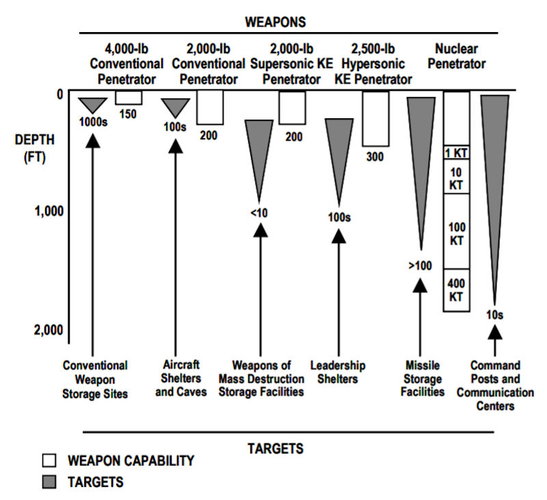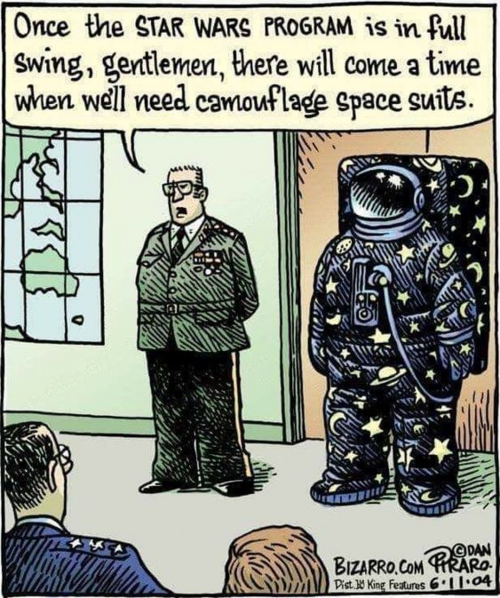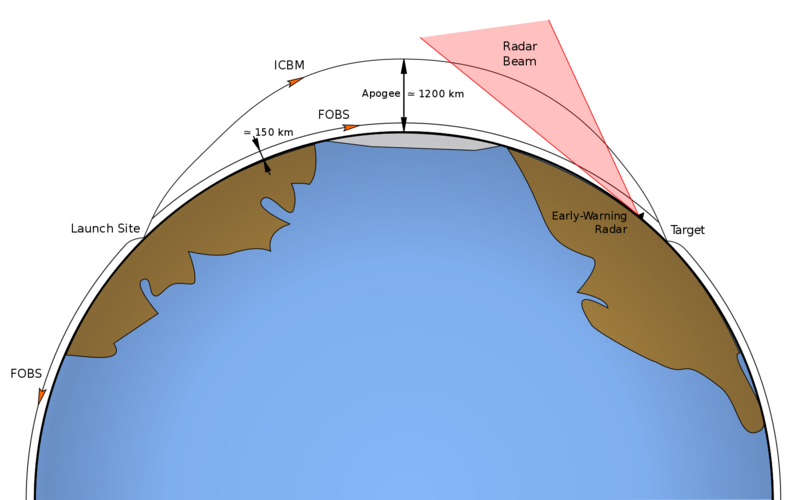i was just going to say that. yes you can save space and make a compact unit by doing this making it. A: harder to hit with a ballistic missile and B: esier to get up thereHow did you determine this?
Well, there isn't exactly many ways to draw a bundle of rods with strapped retro-rockets and their orbital stage, considering that the whole setup must fit into the rocket fairing... The idea of rods placed around the satellite "core" is practical way to decrease the length of the whole setup.
Not true. Has no effect on "harder to hit" and certainly not easier to get up there.









